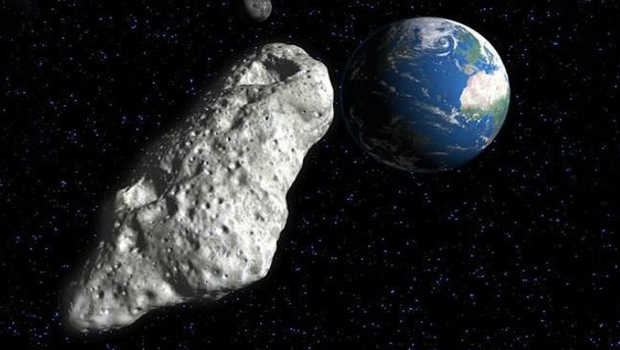A newly discovered asteroid, named 2024 YR4, has a small chance—about 2%—of hitting Earth in 2032.
While this risk is low, astronomers are carefully monitoring the space rock to gather more details about its size and orbit. The James Webb Space Telescope will soon assist in studying the asteroid to determine if it poses a real threat.
2024 YR4 was first spotted on December 27, 2023, by the ATLAS telescope in Chile. The asteroid is estimated to be 40 to 90 meters wide, about the size of a large building. Though much smaller than the asteroid that wiped out the dinosaurs, an impact could still cause regional destruction similar to past asteroid events in Russia. In 1908, a 30-meter asteroid exploded over Siberia, flattening forests over 2,000 square kilometres. In 2013, a 20-meter asteroid burst over Chelyabinsk, damaging buildings and injuring over 1,000 people.
To refine predictions, astronomers are tracking 2024 YR4 with powerful telescopes in Hawaii, Chile, and New Mexico. However, it will disappear from view by April as it moves farther away. The James Webb Space Telescope will continue observations using infrared light, providing more accurate size and orbit data. If the asteroid remains a possible risk, scientists will track it again in 2028 when it returns to Earth’s vicinity.
Although 3,000 near-Earth objects are found each year, mid-sized asteroids like 2024 YR4 are harder to detect. Scientists estimate there are 600,000 similar asteroids, but only 12,000 have been identified.













